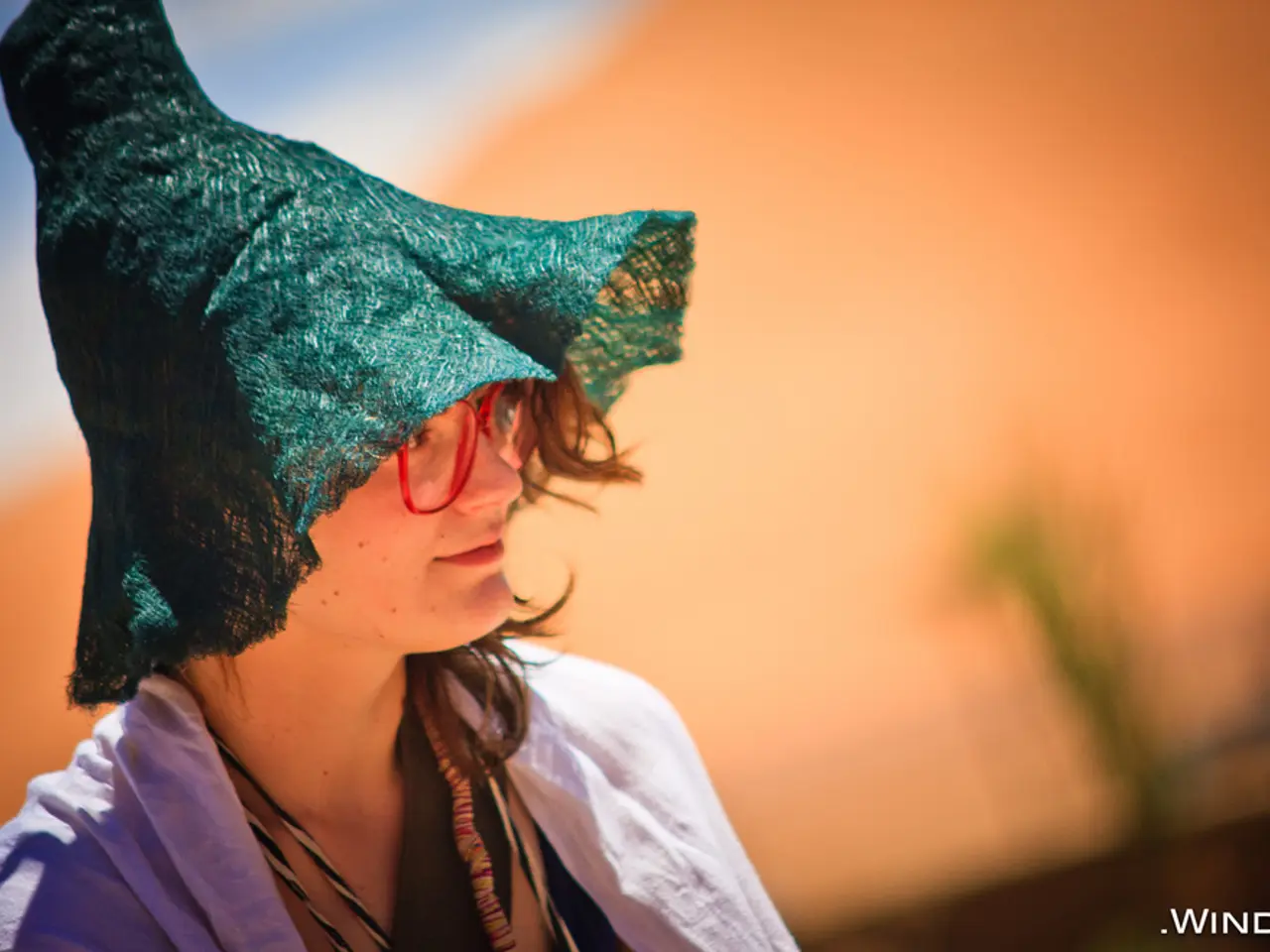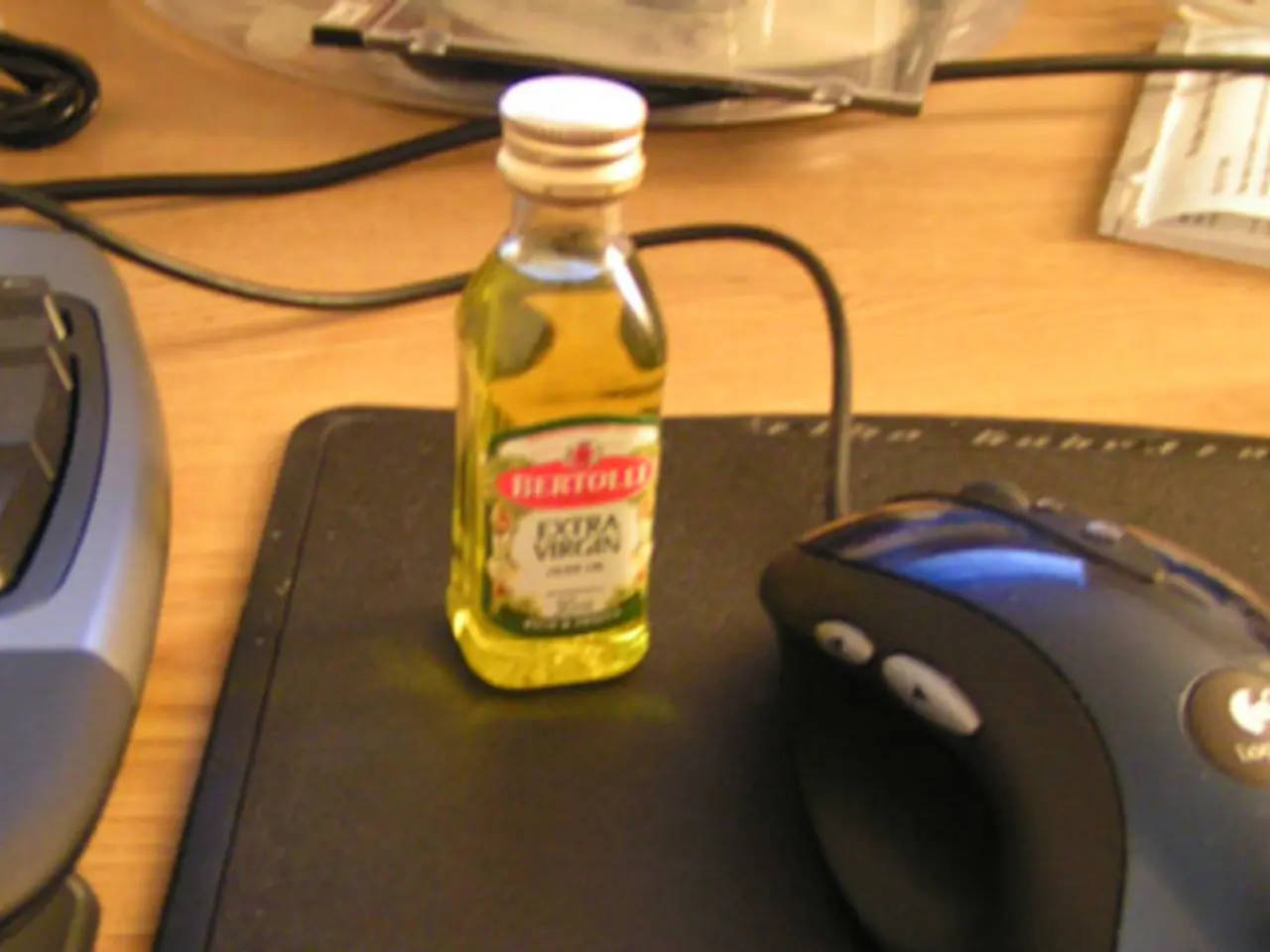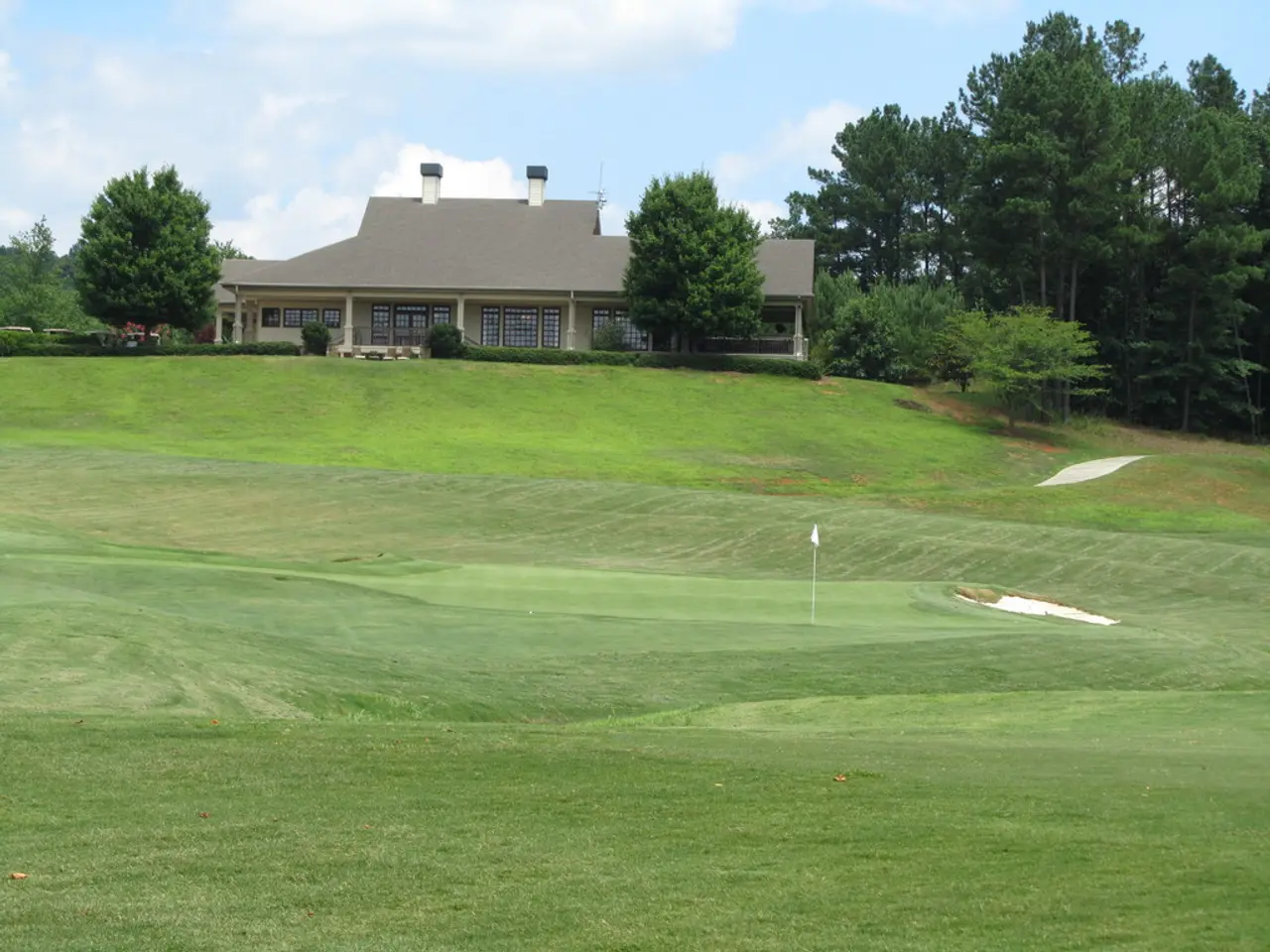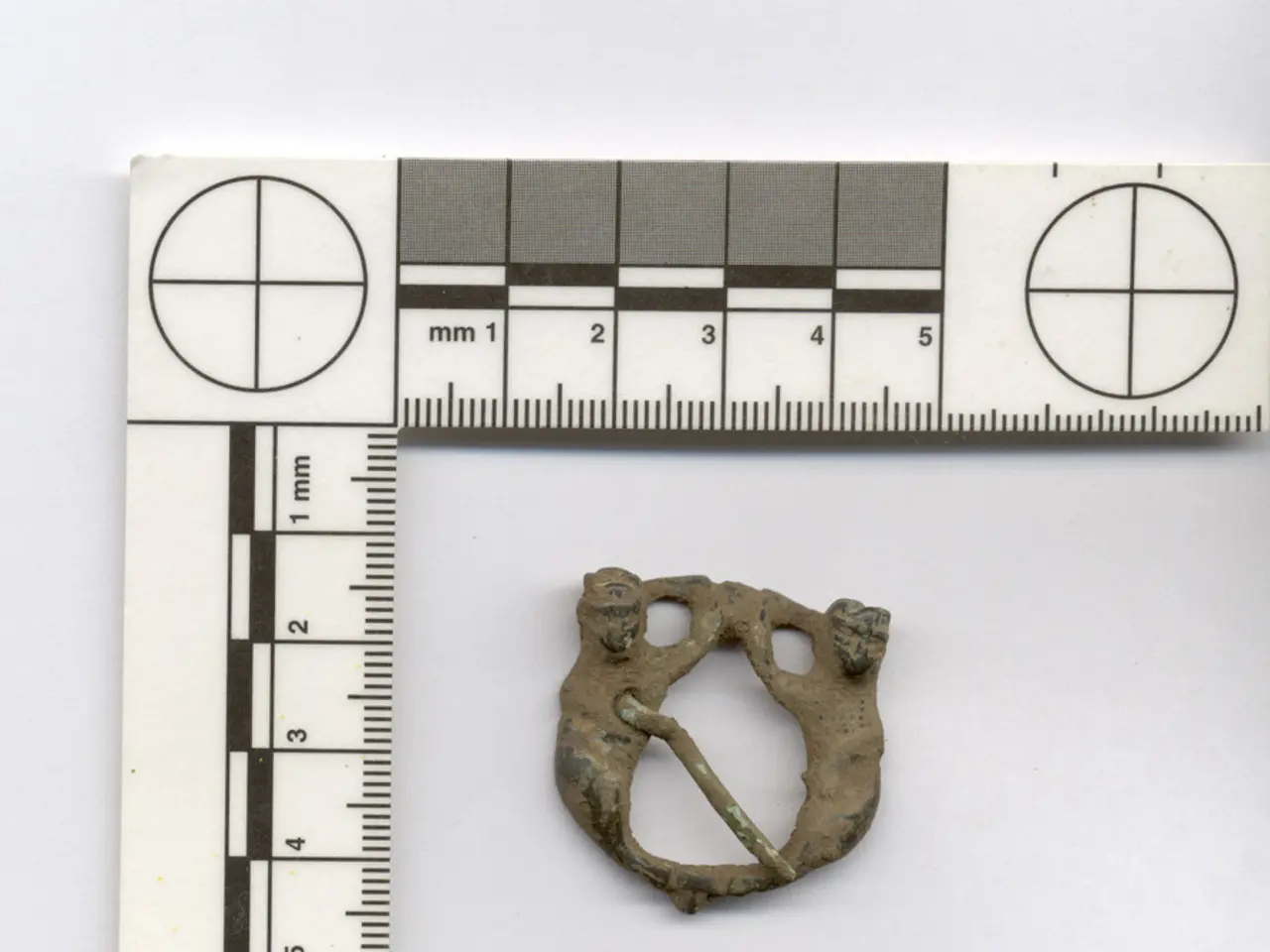Guidelines for Managing Domestic Matters and Personal Living with Wet Age-Related Macular Degeneration
**Improving Life for Those with Low Vision from Wet Age-Related Macular Degeneration**
Living with low vision due to wet age-related macular degeneration (wet AMD) can present daily challenges, but practical changes and modifications can help maximize remaining vision, enhance safety, and maintain independence.
One of the key strategies is making environmental adjustments. Increasing lighting in frequently used areas using bright, adjustable lights like LED lamps and task lighting can help reduce eye strain and improve visibility. High-contrast colours for furniture, household items, and kitchenware make objects stand out against their backgrounds, making them easier to identify. Labeling essential items with large print, bold colours, or tactile markers also aids identification. Keeping living spaces organized and free of clutter minimizes hazards and makes navigation easier.
Magnification tools such as handheld or stand magnifiers, large-print devices (e.g., clocks, remote controls), and talking devices (e.g., audiobooks, talking clocks) can assist with reading and everyday tasks. Sunglasses with UV protection should be worn outdoors to reduce glare and protect the eyes from excessive sunlight, which can be harmful for those with macular degeneration. Smoking cessation is also crucial, as it is a significant risk factor for the progression of macular degeneration.
Assistive devices and technology can also be beneficial. Specialised optical aids like telescopic lenses, electronic magnifiers, and other devices tailored to individual needs can be recommended by low vision specialists. Electronic tools such as screen readers, text-to-speech software, and voice-activated assistants can help with communication and accessing information. Customised training on how to use these devices effectively for daily activities such as reading, writing, and mobility is also available.
Lifestyle and health management play an important role in managing wet AMD. Eating a diet rich in leafy greens, fish high in omega-3 fatty acids, and colourful fruits and vegetables supports eye health. Supplements based on the AREDS2 formula (vitamins C and E, zinc, copper, lutein, and zeaxanthin) may be recommended by your eye care provider, as they have been shown to slow progression in some forms of AMD. Regular monitoring is essential, as people with wet AMD should be aware of early signs of progression (e.g., sudden changes in vision, distortion, or new blind spots). Prompt treatment is crucial, as modern therapies for wet AMD (such as anti-VEGF injections) can help stabilize or improve vision if administered early.
Low vision therapy programs offer personalized assessments and strategies to adapt to vision loss, helping individuals maintain independence and confidence. Counseling and support groups can provide emotional support and practical advice from others experiencing similar challenges. Exploring local resources for transportation, financial assistance for devices, and accessibility services can also be beneficial.
Dr. Rachitskaya recommends a low-vision evaluation by a trained eye care specialist for anyone with significant vision loss. This evaluation tests vision and helps understand the best modifications for the individual's life.
By combining these practical changes, people with low vision from wet AMD can significantly improve their quality of life, safety, and independence. Personalised care from low vision specialists is essential to determine the most effective strategies for each individual.
- Maintaining healthy skin is an essential aspect of overall health-and-wellness, and taking good care of it involves applying products with appropriate skin-care ingredients and protecting it from harmful UV rays.
- Integrating fitness-and-exercise routines into one's lifestyle can greatly contribute to mental-health well-being by reducing stress levels, improving mood, and increasing energy.
- In the home-and-garden, smart technology can be an asset, helping manage energy consumption, automate tasks like lighting and watering, and enhance overall comfort and convenience.
- Beyond medical-conditions like low vision due to wet AMD, taking care of one's eyes includes regular eye exams, wearing protective eyewear during sports, and adopting proper digital device habits for eye health.
- A well-rounded approach to lifestyle involves integrating healthful habits such as balanced nutrition, fitness-and-exercise, adequate sleep, and relaxation techniques for optimal health-and-wellness.




